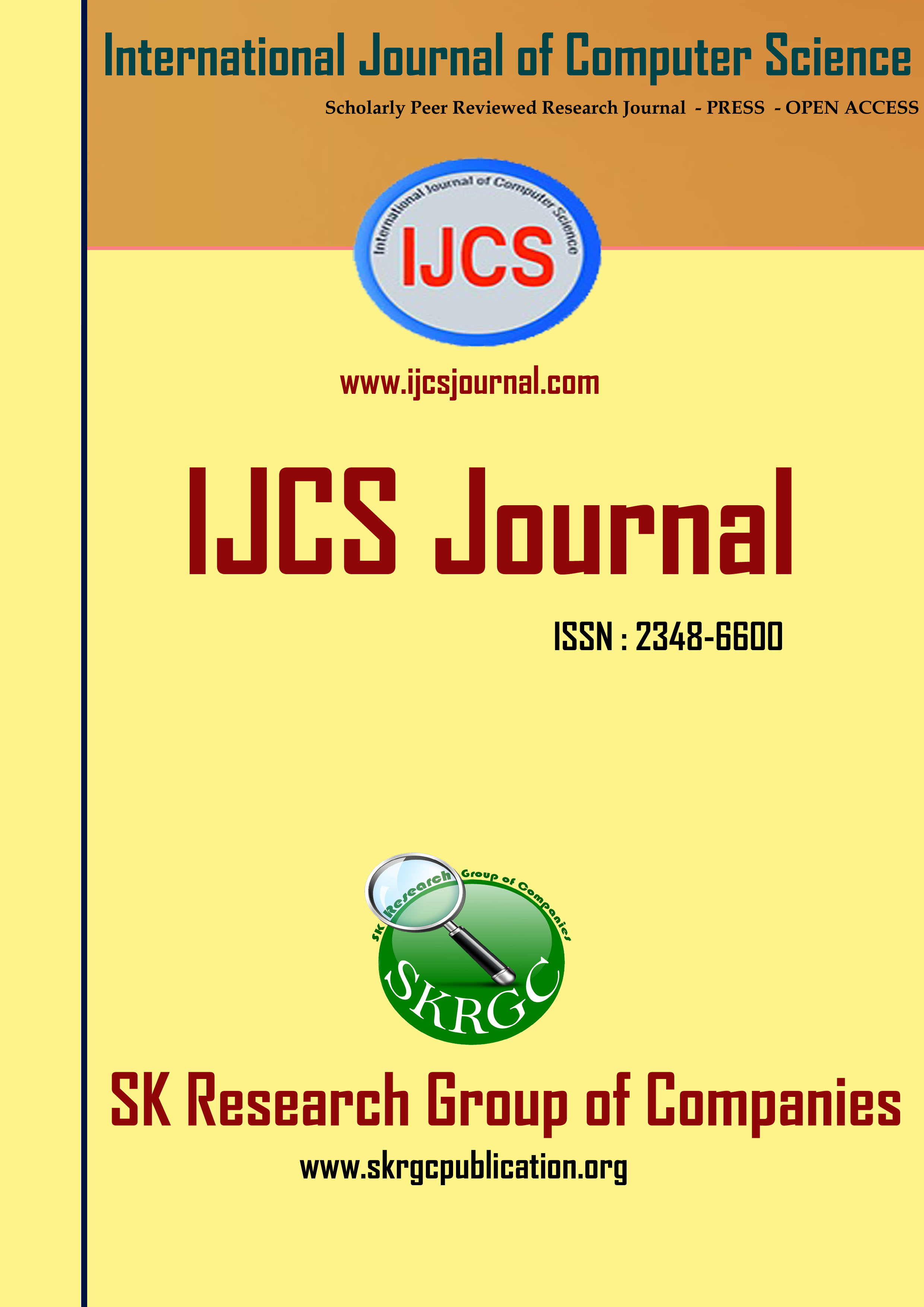Need of Semantic Knowledge in E-Learning System for its Performance Improvements and Fruitful Realization: A Comprehensive Analytical Report
International Journal of Computer Science (IJCS) Published by SK Research Group of Companies (SKRGC)
Download this PDF format
Abstract
If the learning content is delivered or enabled by means of electronic technology then it is known as E-Learning. E-Learning System is of two types: [i] synchronous and [ii] asynchronous. These two terms refer to “the extent to which a course is bound by place and/or time”. Synchronous means that two or more events occur at the same time. Here, synchronous means the E-Learning System that is led by instructor/teacher. Asynchronous means that two or more events don't occur at the same time. E-Learning can occur in and out of the class room. E-Learning is the effective learning process. Hence, it becomes a promising paradigm in education. The effectiveness of this system makes us to consider the „e? in E-Learning, which stands for Electronic, to represent „Effective?. Some important characteristics of E-Learning System can be listed as: Interaction, Personalization, Adaptation, Intelligence, Interoperability, Accessibility and Security. The architecture for E-Learning System which posses the above mentioned characteristics consists of various components or layers for supporting instructional design, for retrieving relevant learning materials, for processing and analyzing data to enable meaningful E-Learning recommendations to instructors and learners. This paper deals with the existing architecture of E-Learning, the need of semantic knowledge, Interaction Layer and the practical usability of such system.
References
1. Hasan Al-Sakran, “An Agent-based Architecture for Developing E-:Learning System”, Information Technology journal, pp.121-127, 2006.
2. Rajayogeswari R., Katherin Nithya D., Baskaran S., “An Interaction between Data Mining Concepts and E-Learning Systems in Higher Education”, National Conference on Recent Advancements in Technologies-RAT-2013, International Science & Research Journal, ISBN 978-1-62840-454-6.
3. Rajayogeswari R., Katherin Nithya D., Baskaran S., “Simplified E-Learning Systems Using Ontology Rules”, International Journal of Technology Enhancements and Emerging Engineering Research”, Vol 1, Issue 4, pp 57-60
4. Konstantinos C. Giotopoulos, Christos E. Alexakos, Grigorios N. Beligiannis, and Spiridon D. Likothanassis, “Integrating Agents And Computational Intelligence Techniques in E-Learning Environments,” Proceedings of World Academy of Science, Engineering and Technology, Volume 7, August 2005.
5. Khalil El-Khatib, Larry Korba, Yuefei Xu, and George Yee, “Privacy and Security in E-Learning, „International Journal of Distance Education. Volume 1, Number 4, October-December 2003.
Keywords
E-Learning, Semantic Web, Service-Oriented Architectures, Synchronous Learning, Asynchronous Learning, Ontology.

